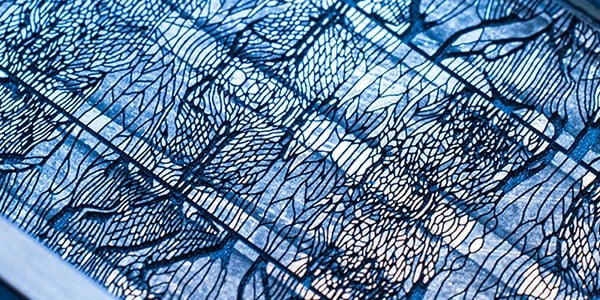
"As explained in a Tuesday post, the technique is called "Microfluidics" and sees "Tiny channels ... etched directly on the back of the silicon chip, creating grooves that allow cooling liquid to flow directly onto the chip and more efficiently remove heat." Microsoft says each groove is "similar in size to human hair", and that it placed them after analysis - helped by AI, because 2025 - to determine which parts of a chip need cooling."
"Electronics don't play nicely with most liquids, which is why liquid cooling in the datacenter is often considered a little dangerous. Microsoft, however, has found a way to dispel such worries with a scheme that sees liquids flow across the surface of chips. As explained in a Tuesday post, the technique is called "Microfluidics" and sees "Tiny channels ... etched directly on the back of the silicon chip, creating grooves that allow cooling liquid to flow directly onto the chip and more efficiently remove heat.""
The technique, Microfluidics, uses tiny channels etched directly on the back of silicon chips to let cooling liquid flow across chip surfaces, removing heat more efficiently. Each groove is similar in size to human hair and is positioned after AI-assisted analysis to target hotspots. The channels are deep enough to circulate liquid without clogging yet not so deep as to weaken silicon. Lab-scale tests showed up to three times better heat removal than cold plates in some configurations and a 65% reduction in maximum GPU silicon temperature rise. Coolant composition and leak-proof packaging remain open concerns. The approach could enable 3D chip designs with internal liquid flow.
Read at Theregister
Unable to calculate read time
Collection
[
|
...
]